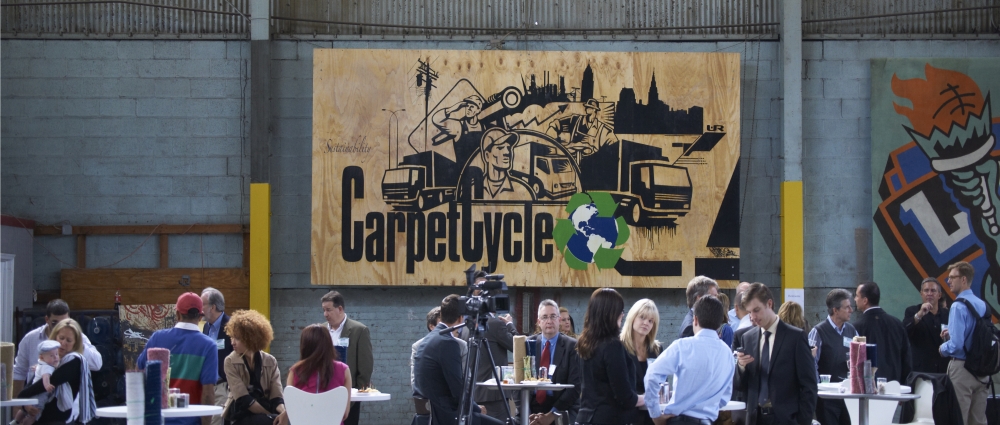News & Stories
A Waste Free NYC
Taking out the trash may one day be a thing of the past. Reaching zero waste to landfills by 2030 will take close collaboration between waste managers, the city, non-profits and landlords. Al were represented at our recent panel moderated by Amy Marpman (Recycle Track Systems) Alizabeth Balkan (NYC Department of Sanitation) outlined the progress the city has made and the challenges it faces. Stephanie Barger (USGBC) put New York's experiance in perspective talking about the history of waste and experiances from across the country. Helena Durst (The Durst Organization) gave a case study on the rapid adoption of composting by commercial tenants.
Slicing Up The Waste Pile
Eight and half million New York residents produce over 20,000 tons of waste each day. Knowing what's in the waste stream is key to creating successful mitigation programs. The two largest streams are curbside recyclables at 33% and compostable organics at 31%. Balkan said proper separation at the source is essential. For example, food scraps and yard waste sorted at the begining are easier to process. The next segment is divertibles at 10% and includes textiles, plastic bags, and e-waste.
Of course, actualy collection is never so clean cut. Things get muddy when the remaining slice of "other" waste is mixed into each stream; garden hoses jam up the processing machines, and it turns out bowling balls don't compost well. Contamination aside, Balkan explained that efforts to divert waste streams from landfills are moving along, but it will take design and manufacturing shifts upstream to make 0x30 more than an aspirational goal. However, NYC's organics program is currently the nation's largest and on track to be expanded to all five boroughs by next year.
Certifying and Cycling Back
What gets measured gets done. barger explained the Zero Waste Facility Certification, which requires a 90% diversion of waste from landfills and incinerators. The certification was created over the last decade and is being administered by GBCI as of November 2016. The guiding principles of the certification go far back. Barger noted that there's no waste in nature and that many indigenous cultures didn't even have a word for it. "Zero waste is a cultural change. It's where we came from and where we're going," and she believes that a shift in today's language from "waste" to "surplus" could be a good start.
A key element of zero waste is emulating sustainable natural cycles and transforming discarded materials into resources for other uses. However, for Barger, the orer of priority strategy is; "reduce, reduce, reduce, reduce some more, rethink design, reuse until broken beyond all repair, and then recycle, which includes composting." An example of eliminating materials from the waste stream at the source is California's ban on plastic bags. This diversion was backed by marine organizations and intended to - a massive gyre of microplastics and other non- biodegradable debris. Rethinking disposables also presents benefits on the supply side. Toyota's switch to reusable shipping containers helped the company cut down costs. 



